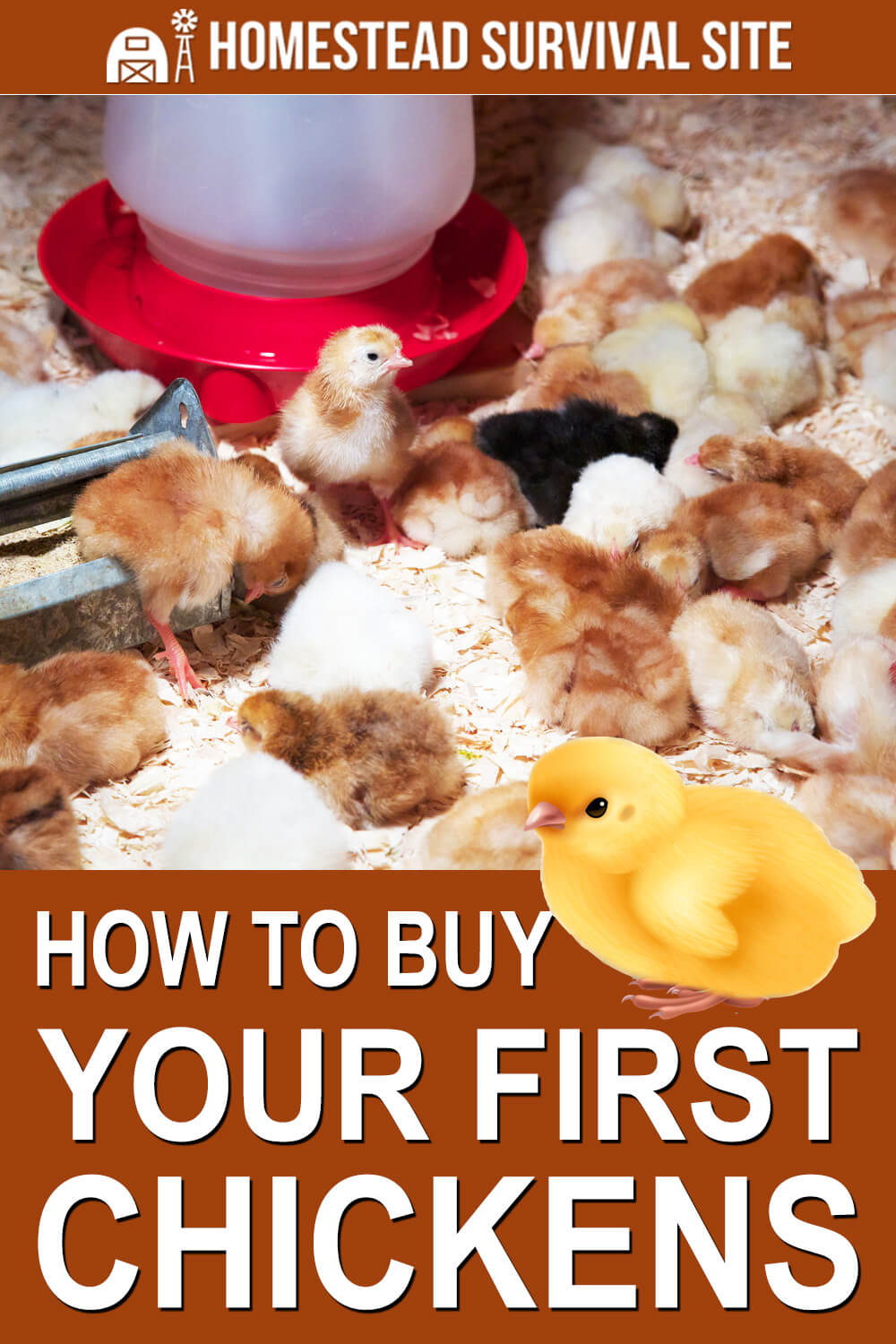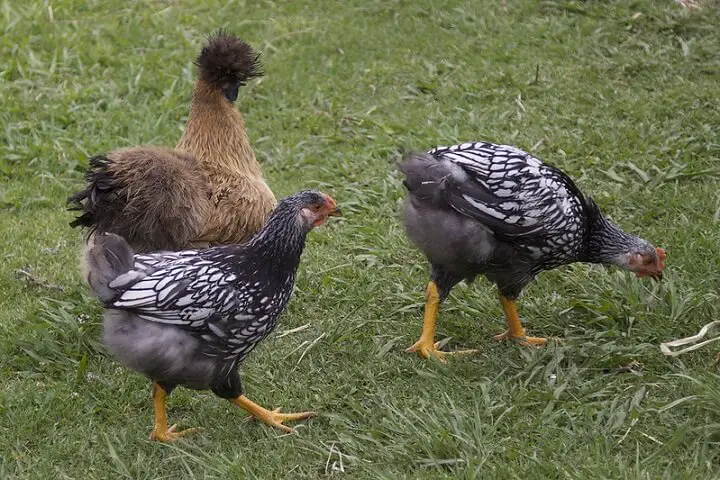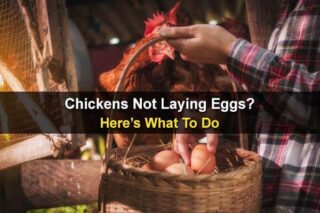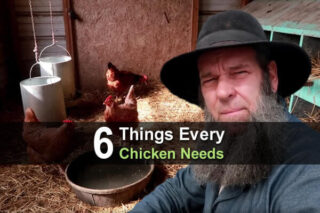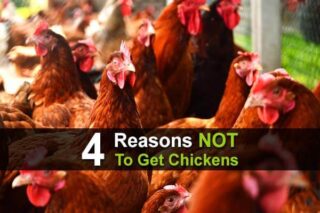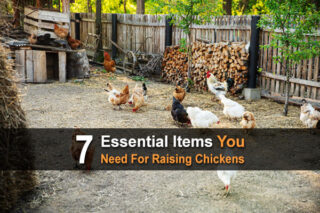Estimated reading time: 7 minutes
Chickens are arguably one of the best and easiest animals to keep on the homestead. They provide you with a steady stream of eggs, can be harvested as meat, eat tons of insects on your property, and produce great fertilizer.
But to have a successful chicken experience, you need to start out on the right path. The following is a basic guide on how to buy your first chickens.
Want to save this post for later? Click Here to Pin It On Pinterest!
What Purpose Will Your Chickens Serve?
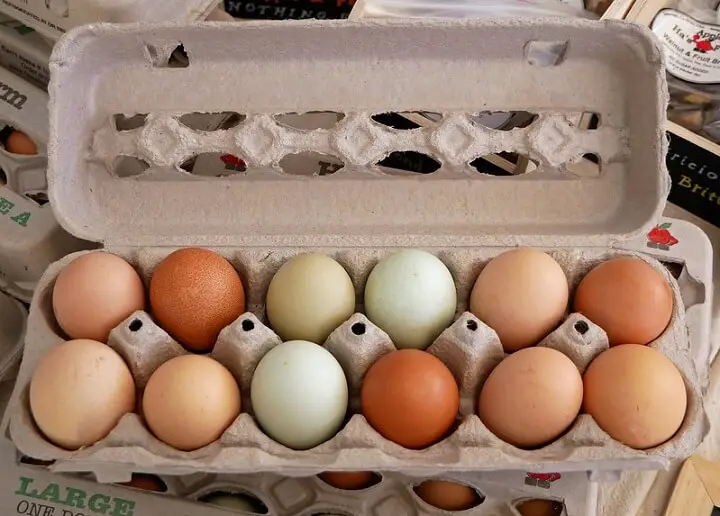
This is the first question to ask yourself on the road to getting chickens. Do you want chickens for laying eggs? Are you looking to raise meat birds? Do you want a combination of both?
Maybe you want chickens that lay fancy, multicolored eggs that you can sell at a premium at farmers’ markets. Or you could breed and sell specialty chickens to city slickers who want backyard chickens. Determine the most important job your chickens will do, and use that as a guide for which breeds of chickens you want.
In case you missed it, check out last week's article, 8 Best Egg-Laying Chicken Breeds.
Starting with Hatchling Chicks vs Older Chickens
There are plenty of reasons to start out with freshly-hatched chicks:
- The availability of a wider range of breeds.
- Hatchling chicks are less expensive than older birds.
- Desire to raise chickens completely organically.
- Higher likelihood of raising tame, friendly birds.
There are just as many reasons for buying chickens who are already a couple of months old:
- Older chickens are less vulnerable to disease.
- They will lay sooner.
- Older chickens require less upfront care.
- Reduced chance of buying a rooster.
Where to Buy Chickens
Once you’ve determined what breed of chickens you prefer, and what age you’d like to start out with, you can start shopping around.
Local Feed Store
Your local feed store will usually stock hatchling chicks a couple of times a year. Ask ahead to get a feel for which breeds they plan to stock. Buying hatchlings is a great idea if you don’t mind a mix of sexes because they are often mixed together with no way to tell them apart.
One exception is “sex link” breeds, which can be sexed by color. Feed stores almost always keep older chickens in stock as well, but they are usually limited to a couple of breeds.
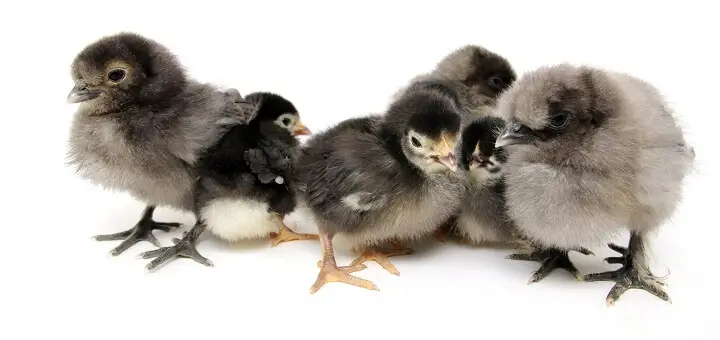 Online Hatcheries
Online Hatcheries
There are countless online hatcheries spread out across the country. The closer the hatchery is to your location, the better. Try to order from an in-state hatchery, as these little guys will be shipped alive and the less time they spend in transit, the better.
One huge advantage of ordering from an online hatchery is that you can buy pre-sexed chicks, so if you only want hens for laying, this is a guarantee that you’ll get them. Note: you’ll have to drive to your local post office to pick up your chirping package– no one wants to risk delivering live animals when no one is home.
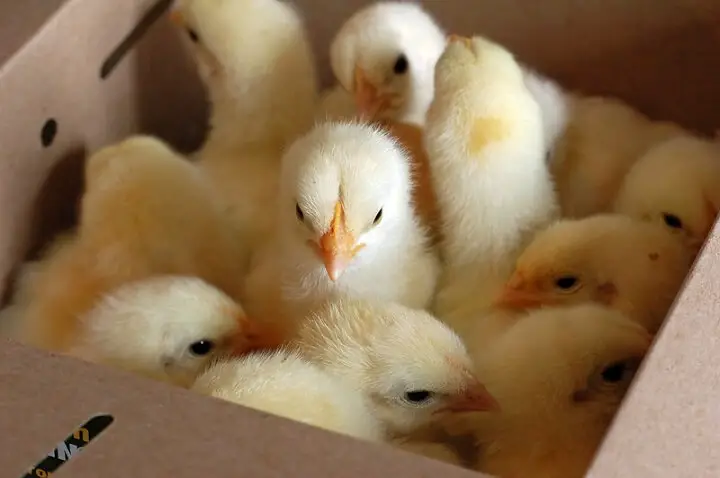 Online Community Sites
Online Community Sites
If you’re part of an online homesteading group, you may want to ask around about any members selling chicks. Otherwise, Craigslist is a fine place to find local folks selling chicks, fertilized eggs, and young chickens.
The advantages of this approach are clear: supporting your local farmers, buying birds you know are well-suited to your climate, and of course the opportunity to see the birds in person before you buy.
How to Choose a Chick or Chicken
If you are choosing a chick in person, you need to know what to look for so that you don’t come home with weak, sick, or injured animals.
Check the Eyes
The first characteristic you want to look for is clear eyes. Don’t buy a chick with sleepy or runny eyes. Look for bright-eyed, alert chicks. As cute as it may be, a sleepy chick is often sick, so avoid buying any chick that looks drowsy.
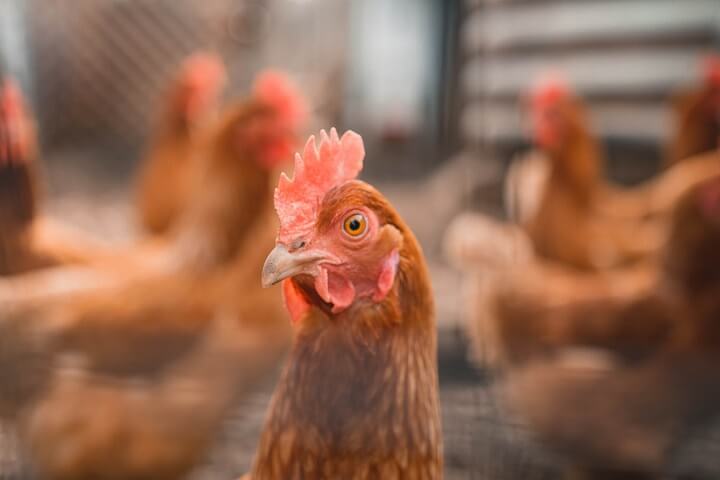 Do a Foot Check
Do a Foot Check
Chicks often have foot problems, from slightly turned-in toes to pronounced limps. Do not buy a chicken of any age that shows signs of limping or deformed toes or feet. Chickens are prone to foot infections as it is, and if a young chick already has foot issues, it does not bode well.
Observe Behavior
Baby chicks should be alert and active, so keep an eye out for runts and stragglers and avoid them. Older chickens should have perked-up tails, red combs, and should be alert and active. Be wary of any chicken you see pecking at another chicken.
This kind of aggressive behavior is never good, and can actually lead to young chickens ganging up on one chicken and killing it. Avoid aggressive chickens and pay attention to your own flock for signs of feather-pulling.
Preparation Before you Buy Your Chickens
It’s normal to be eager to buy your chickens and get started, but take a minute to make sure you have the necessary supplies to care properly for your new chickens.
Older Chickens
Make sure your coop is completely secure before you bring chickens home. Remember that weasels, rats, and skunks can squeeze through small cracks. You need chicken feed, grit, a feeder, and a waterer ready to go, and if you’re raising egg-layers, have the nesting boxes built before you bring your hens home. Have clean litter on the floor of the coop, and roosts at varying heights for your chickens to sleep on.
Hatchling Chicks
If you plan on raising hatchlings, you need to have a brooder box ready for them as soon as they come home. Ideally, you want at least 1.5 square feet per chick, if not more. Brooder boxes can be made out of almost anything, from wood to a repurposed dog crate.
The most important thing is to make sure the brooder is secure and that there is a source of heat available for the chicks at all times. An incandescent bulb, heat lamp, or “cave” made with a heating pad are sufficient.
You’ll need a feeder, chick feed, and a waterer–for very small chicks a shallow dish filled with pebbles or marbles to prevent them from falling in and drowning is ideal. Have some coarse sand to offer the chicks within their first week to help them digest their food.
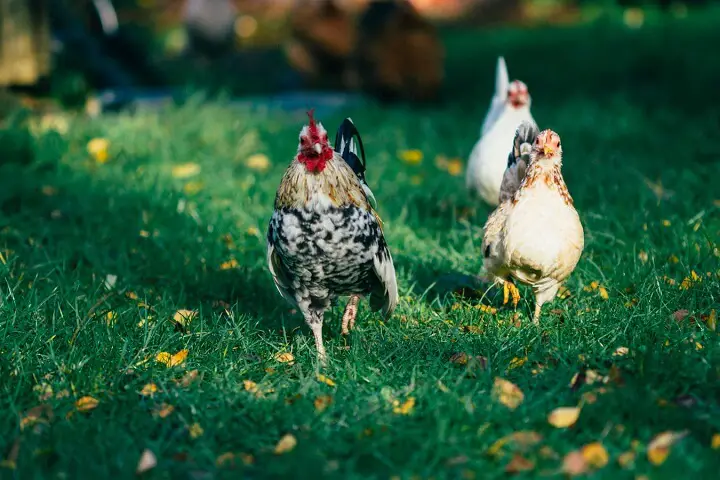
Chickens are a lot of fun and a little bit of work. Take the time to buy your chickens carefully, and you can expect a fabulous outcome.
Like this post? Don't Forget to Pin It On Pinterest!

